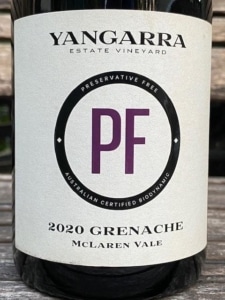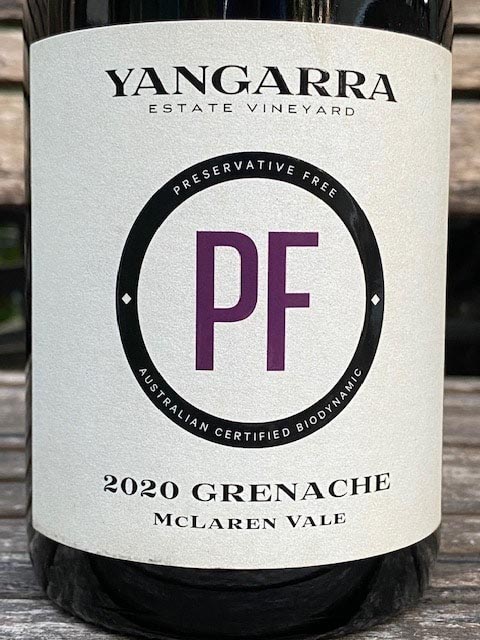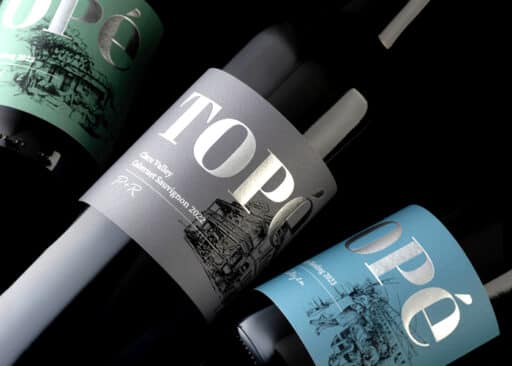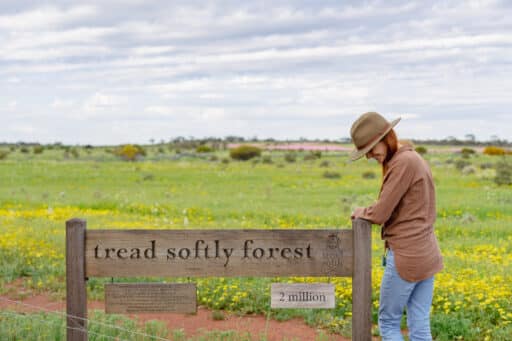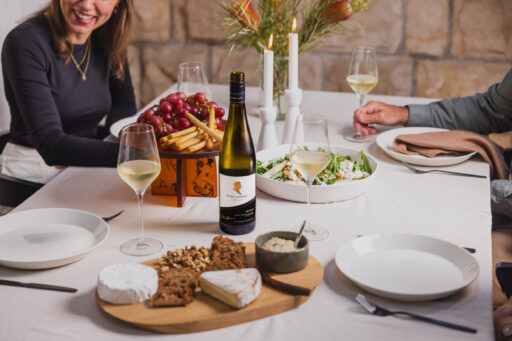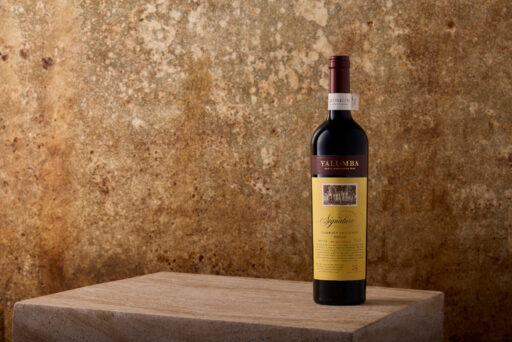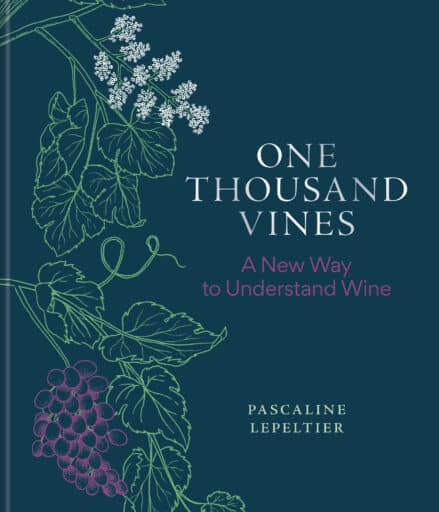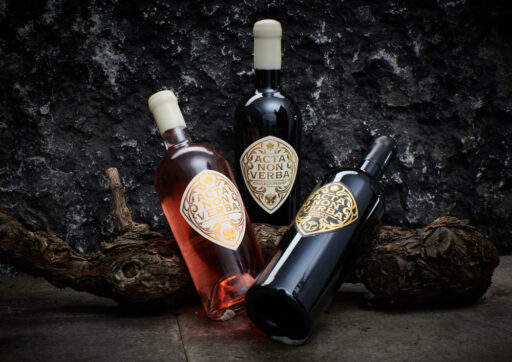In the low slung hills near the St Vincent Gulf just South of Adelaide sits the picturesque wine region of McLaren Vale. In the dress circle of wine regions that broadly ring Adelaide including the Barossa, Clare and Eden Valleys plus the Adelaide Hills, McLaren Vale is perhaps the region that is the most fertile for new perspectives and ideas.
Grape variety experimentation is widespread with Italian, Spanish and Portugese interlopers increasingly seen among rivers of Shiraz and Grenache. And in wineries too it is not unusual for ancient and cutting edge methods to sit side-by-side in a single winery, all working to uncover hidden depth and character in the region’s fruit.
Yet perhaps McLaren Vale’s most exciting opportunity is found diving into the murky world of organic and biodynamic wine production – methods that bring together natural remedies and celestial movements into a holistic philosophy with the aim of maximizing fruit quality, environmental health and long-term sustainability.
To the uninitiated biodynamics seems like a lot of hocus pocus – energized water, cow horns buried full of manure, preparations made from Chamomile, Stinging Nettles and Dandelion plus picking dates dependent on the movements of the moon and the astrological calendar.
But you don’t have to be a devotee to taste what is often seen in wines made according to biodynamic principles – an energy, an additional layer of fruit brightness and depth are all found in many wines made from fruit grown biodynamically. For its finest practitioners, however, biodynamics is not simply a means to an end but it simply makes up an important plank in an overriding strategy to make the very best wines possible from a single plot of land.
McLaren Vale has a number of wineries using biodynamic methods – from small experimentation all the way through to full certification. Of all these, Yangarra Estate, which achieved biodynamic certification for all its wines back in 2012, is no doubt one of the finest.
For winemaker Peter Fraser biodynamics is just one of the many ways that he and viticulturist Michael Lane work tirelessly to harness the finest fruit quality. This team brings incredible detail to their wines, which taste handcrafted and nurtured like few other wines from McLaren Vale and Australia as a whole. It is hard to believe that this level of detail is possible in a winery that is not only of reasonable size, but also utilizes a fruit salad of grape varieties and labour-intensive winemaking techniques to get the job done.
Firstly the 100 acres under vine are split into 35 individual blocks – each treated as a separate entity and given appropriate care and respect. Historically the traditional red grapes of the Rhone Valley, such as Grenache, Shiraz and Mataro dominate and are responsible for some superb wines. A specialty though are also the white Rhone varieties of Roussanne and Viognier, which at Yangarra make wines with unusual character and strength.
But there are also significant plantings of Cinsault, and Carignan as well as other Mediterranean varieties such as Tempranillo, Graciano, Terret noir, Vaccarèse, Counoise, Muscardin, Piquepoul noir, Bourboulenc, Clairette and Picpoul blanc. For Yangarra’s finest wines, the High Sands Grenache and Ironheart Shiraz, soil types are also matched closely to grape variety again helping to optimise quality in these stunning, yet remarkably unique, McLaren Vale styles. Sensitivity to winemaking at Yangarra for different grapes also sees all wines brimming with multi-layered and individual varietal character.
In the winery methods are also distinctly traditional and even ancient. Red wines are open fermented with wild yeasts, hand plunged and basket pressed. However as with much at this winery trial, and occasionally error, is constantly on the agenda. For the Roux Beauté Roussanne and Ovitelli Grenache winemaking methods reach further back in time. These wines are fermented in oval shaped ceramic eggs and kept on skins for over 140 days (the maximum for most reds is 20 days while most white wines spend little or no time on skins) similar to what was traditionally employed many hundreds of years ago. These wines will not suit every palate but they make for a fascinating addition to the winery range.
While biodynamic farming is certainly at the heart of Yangarra, this winery is far from a one-trick pony. Incredible detail is bought to every part of the grapegrowing and winemaking processes, which is also a vital component in this winery’s never ending quest for perfection. For devotees of biodynamics or simply great Australian wine there are few local wineries more deserving of your undivided attention.

